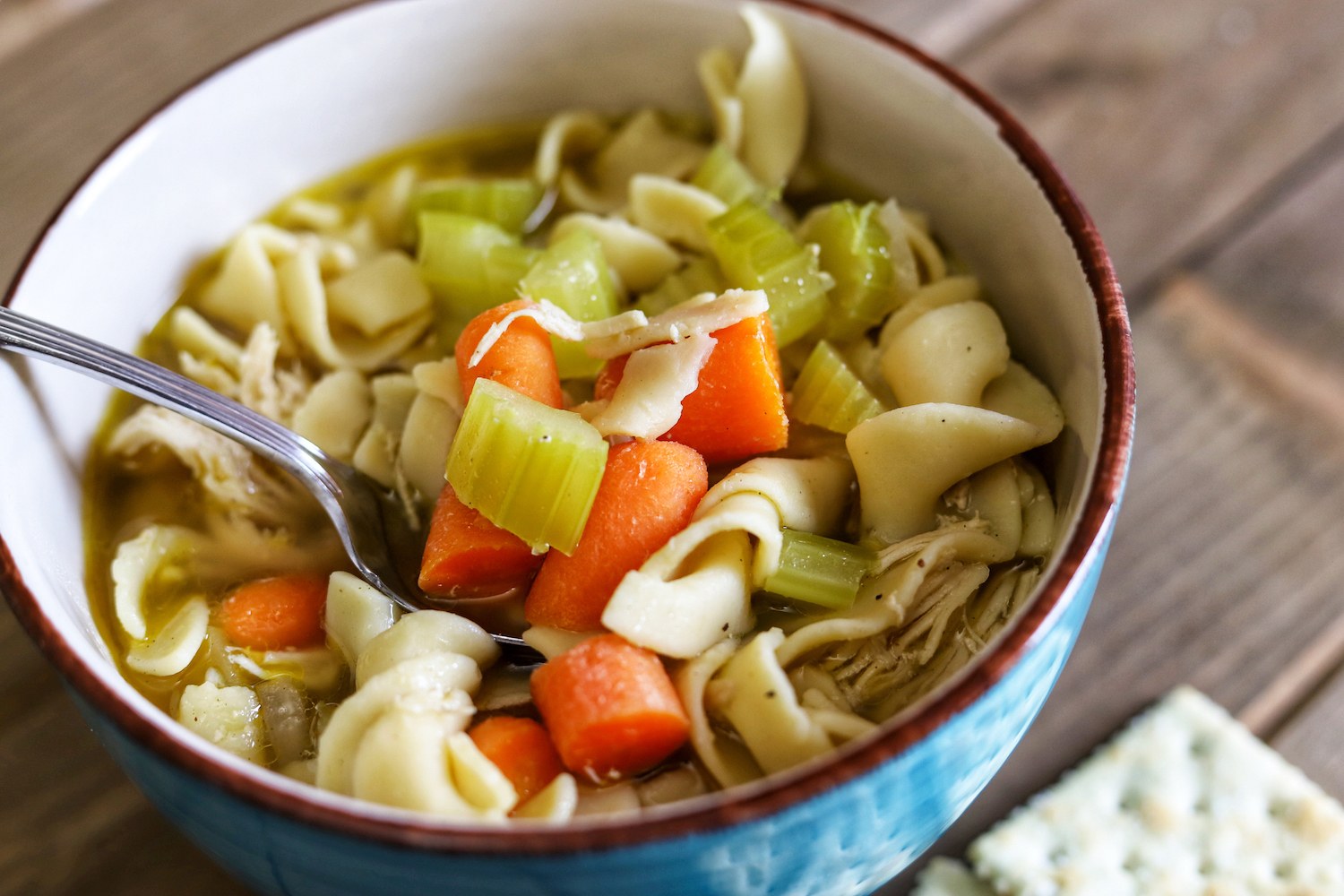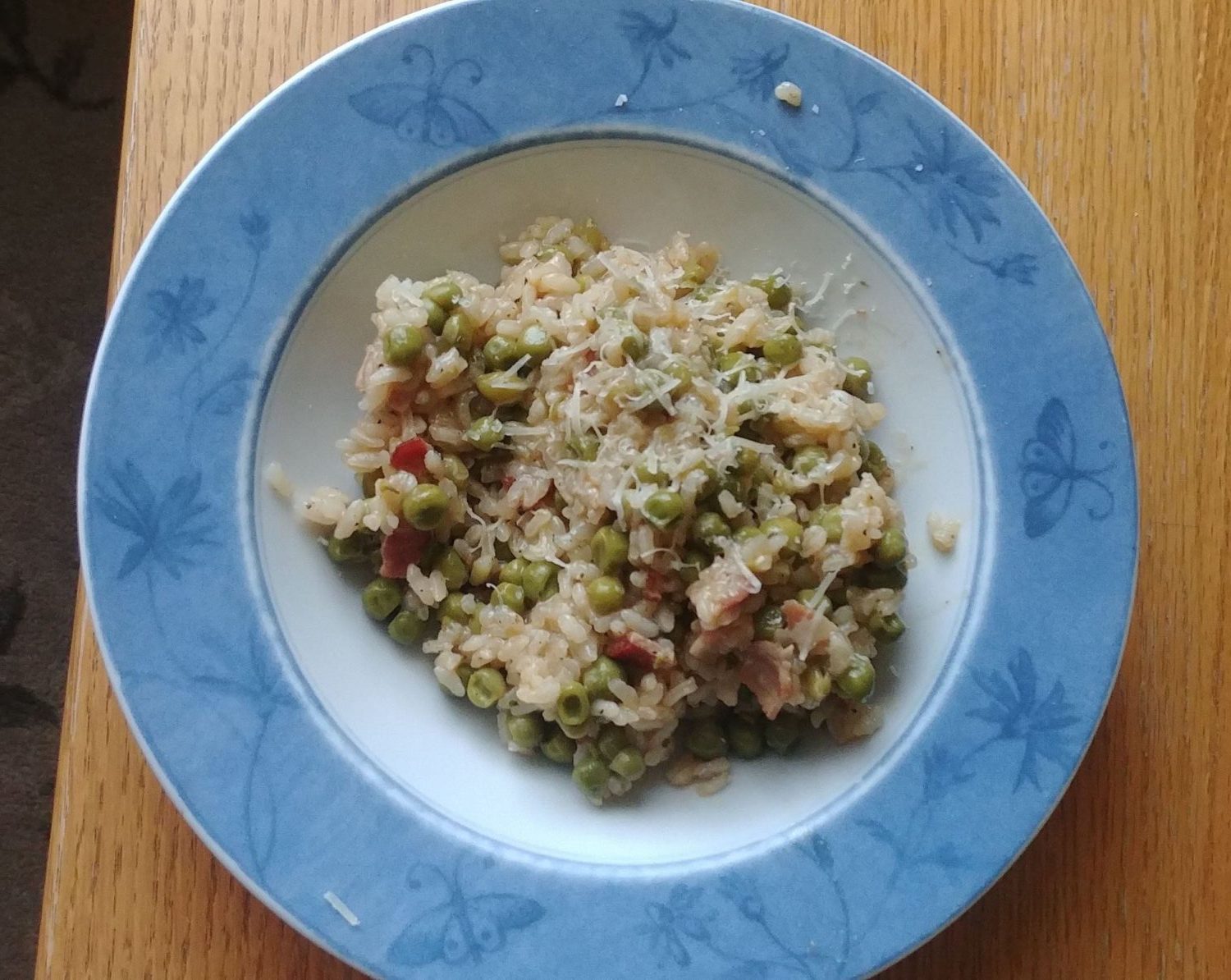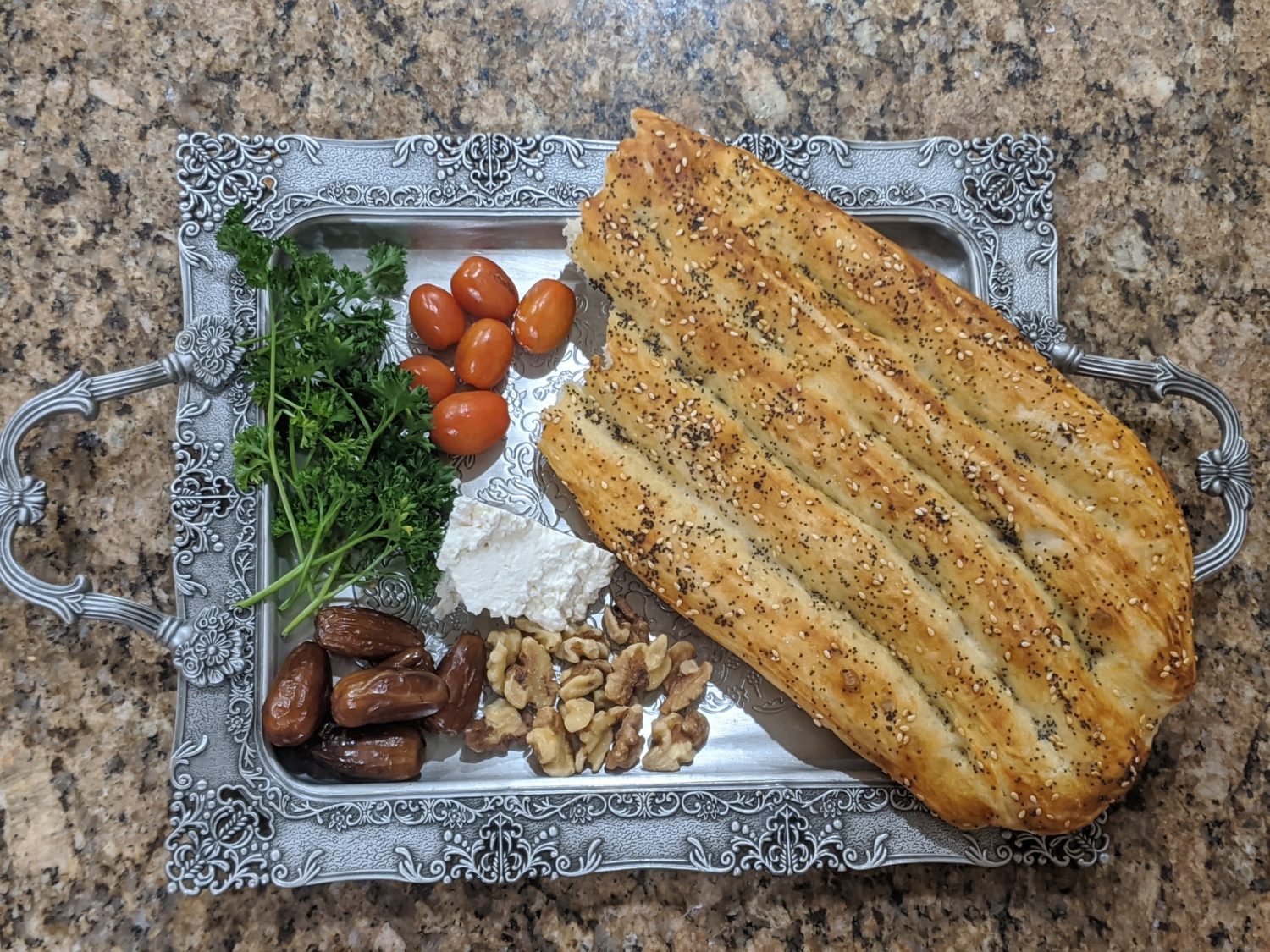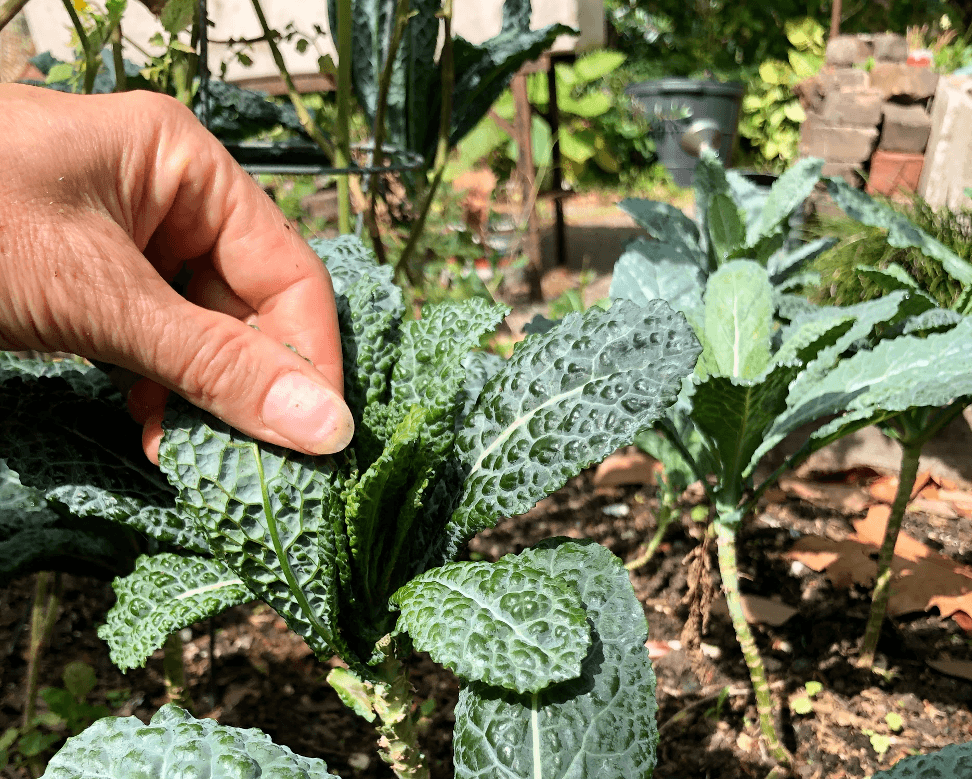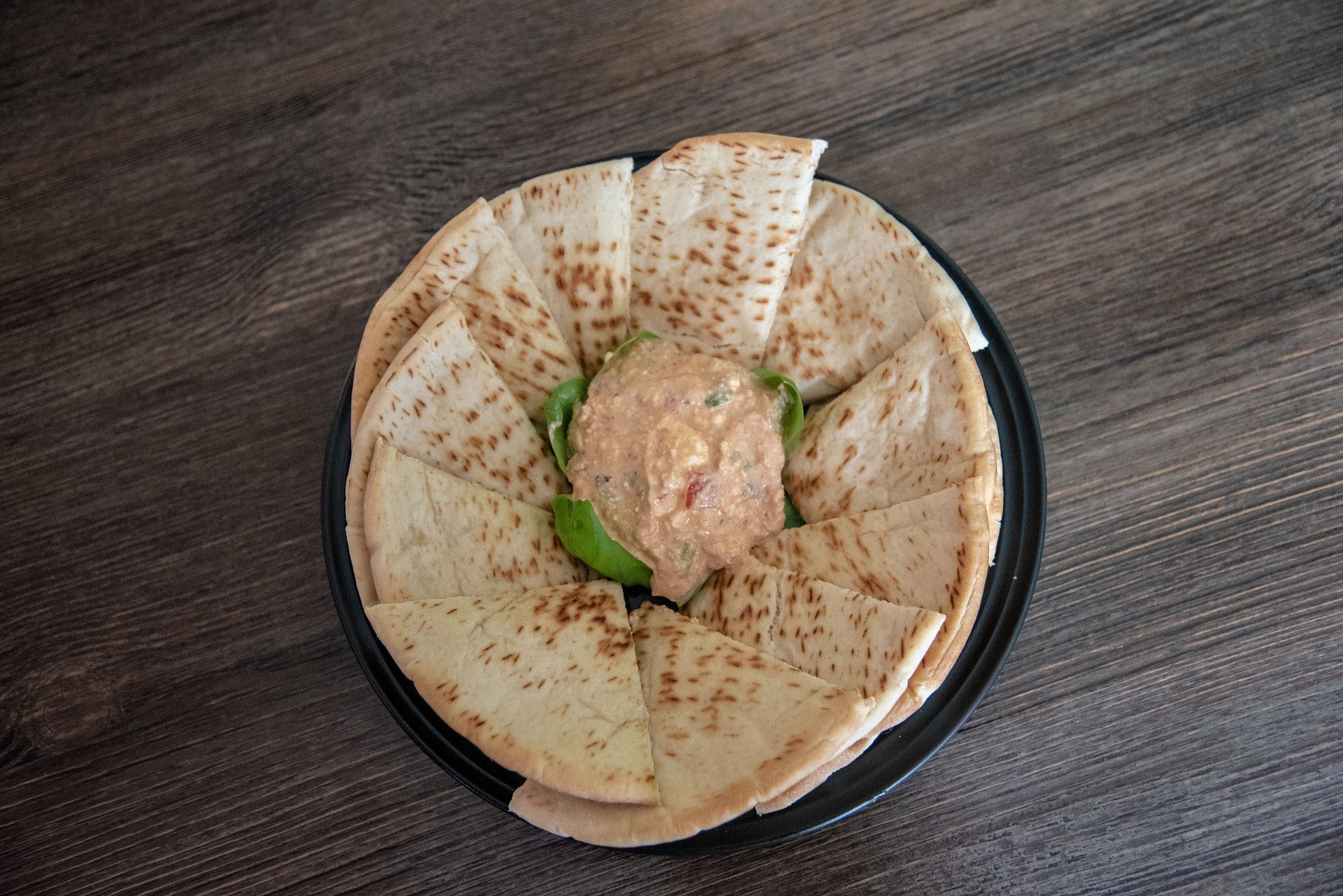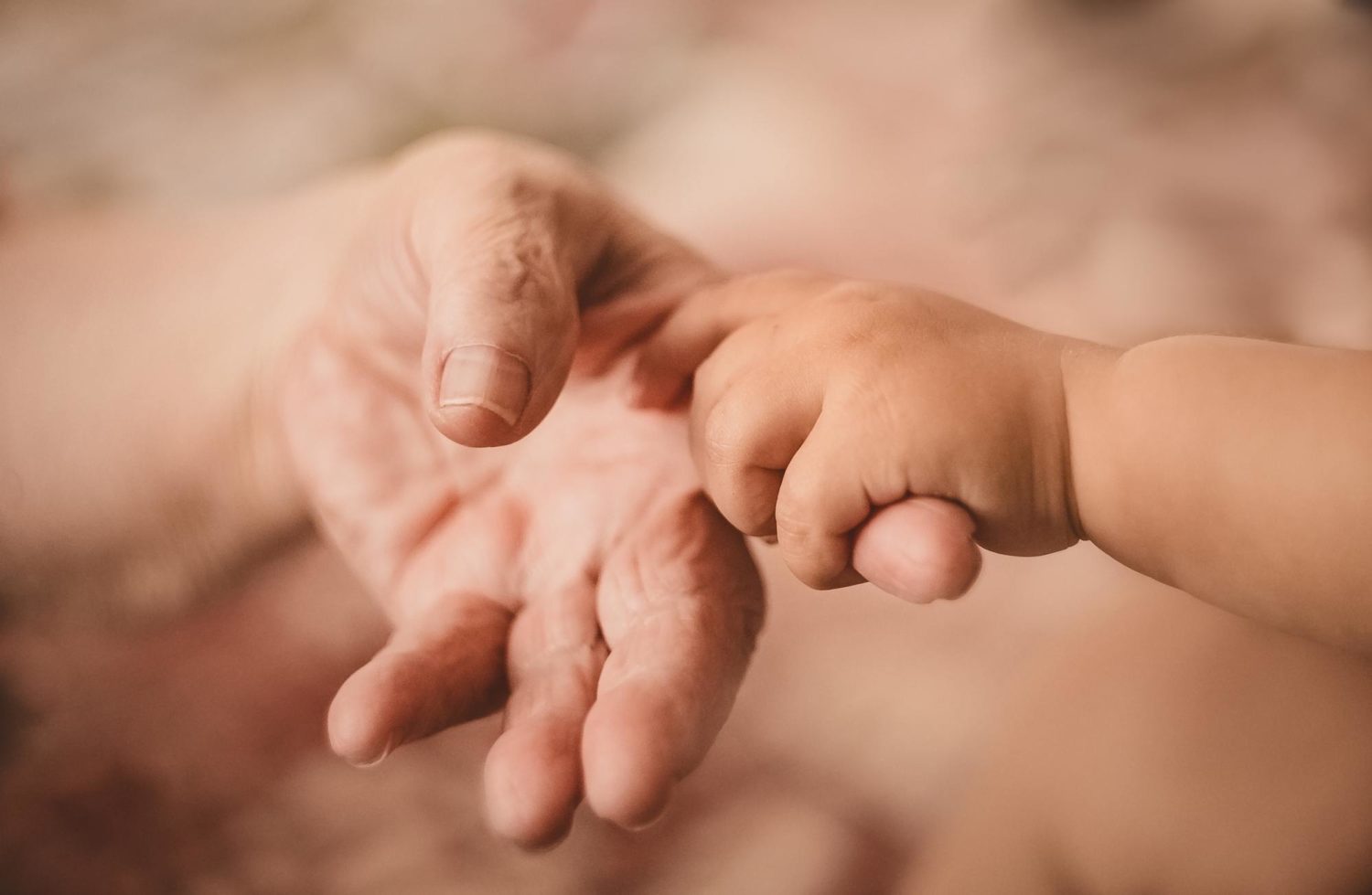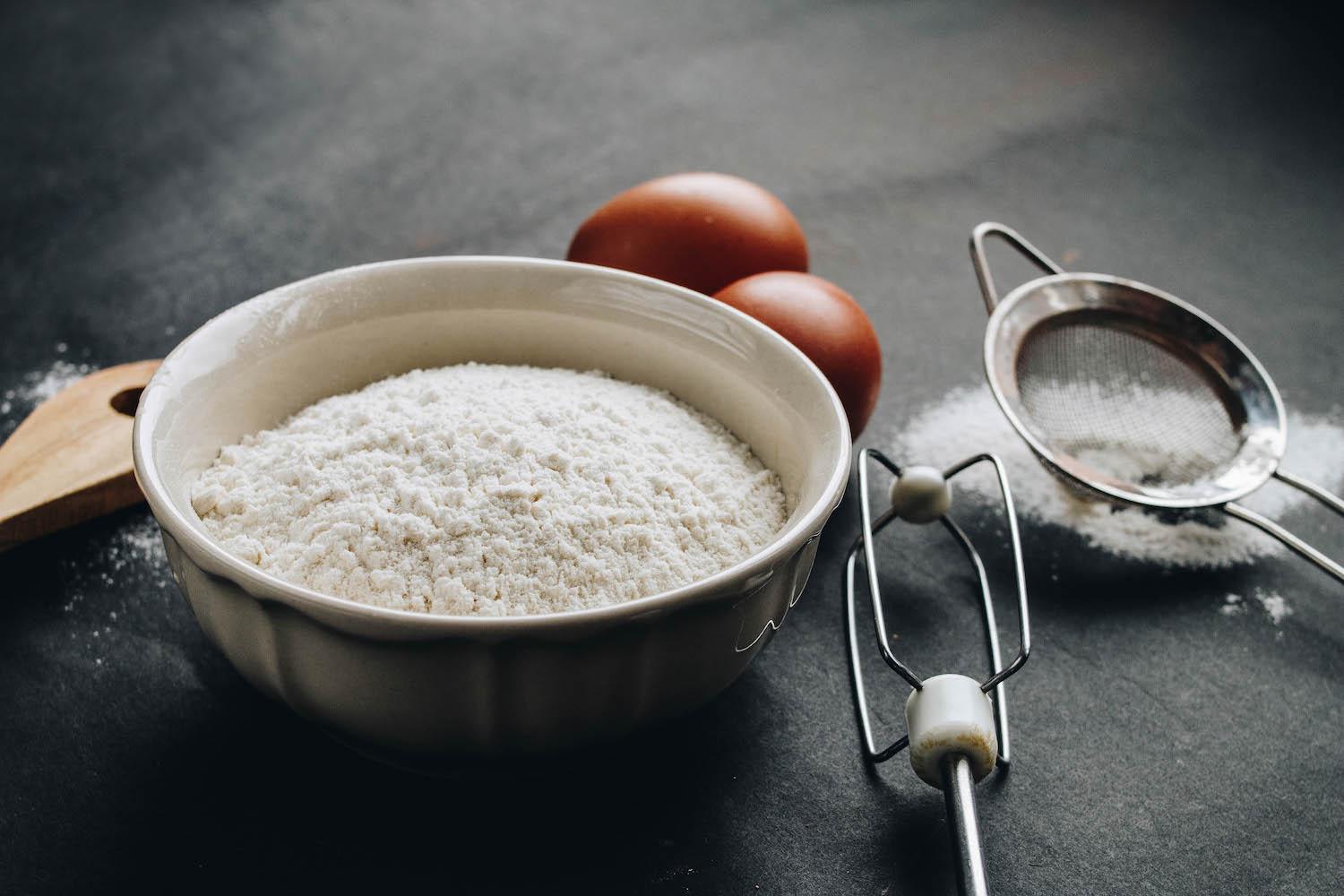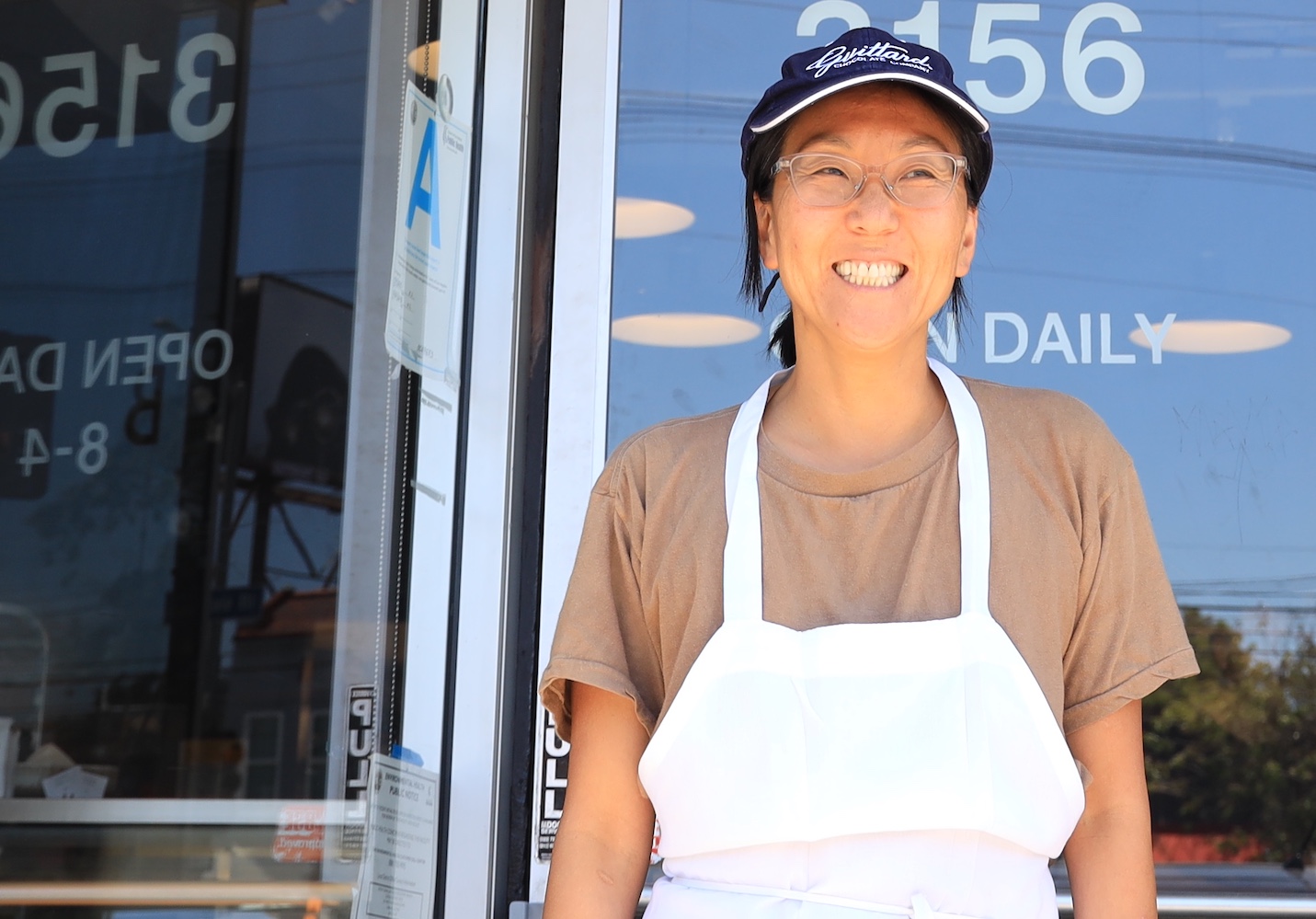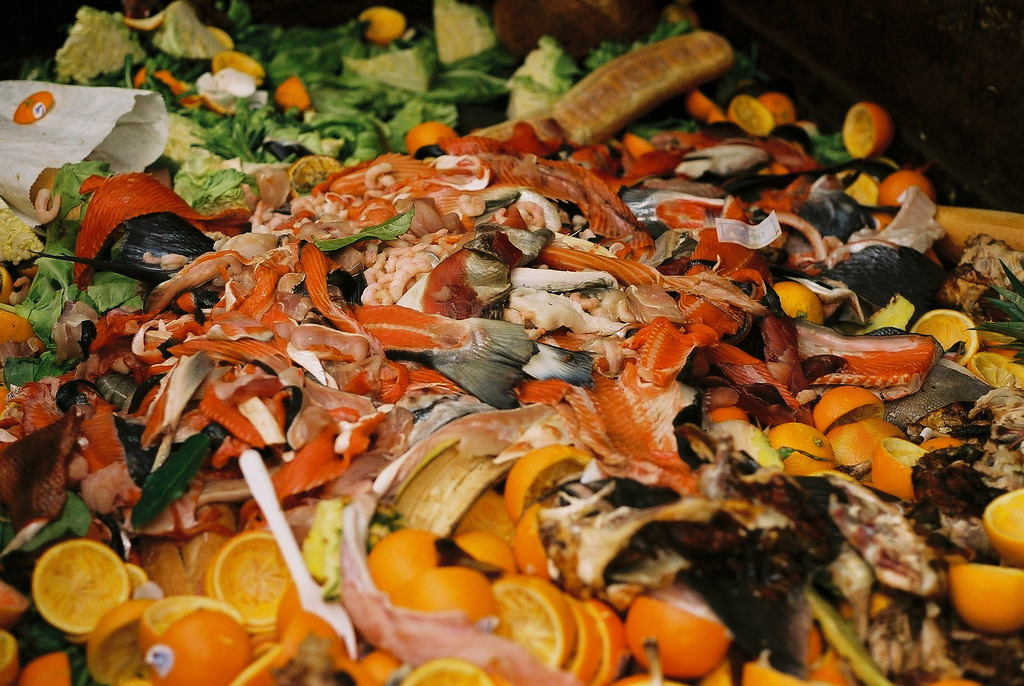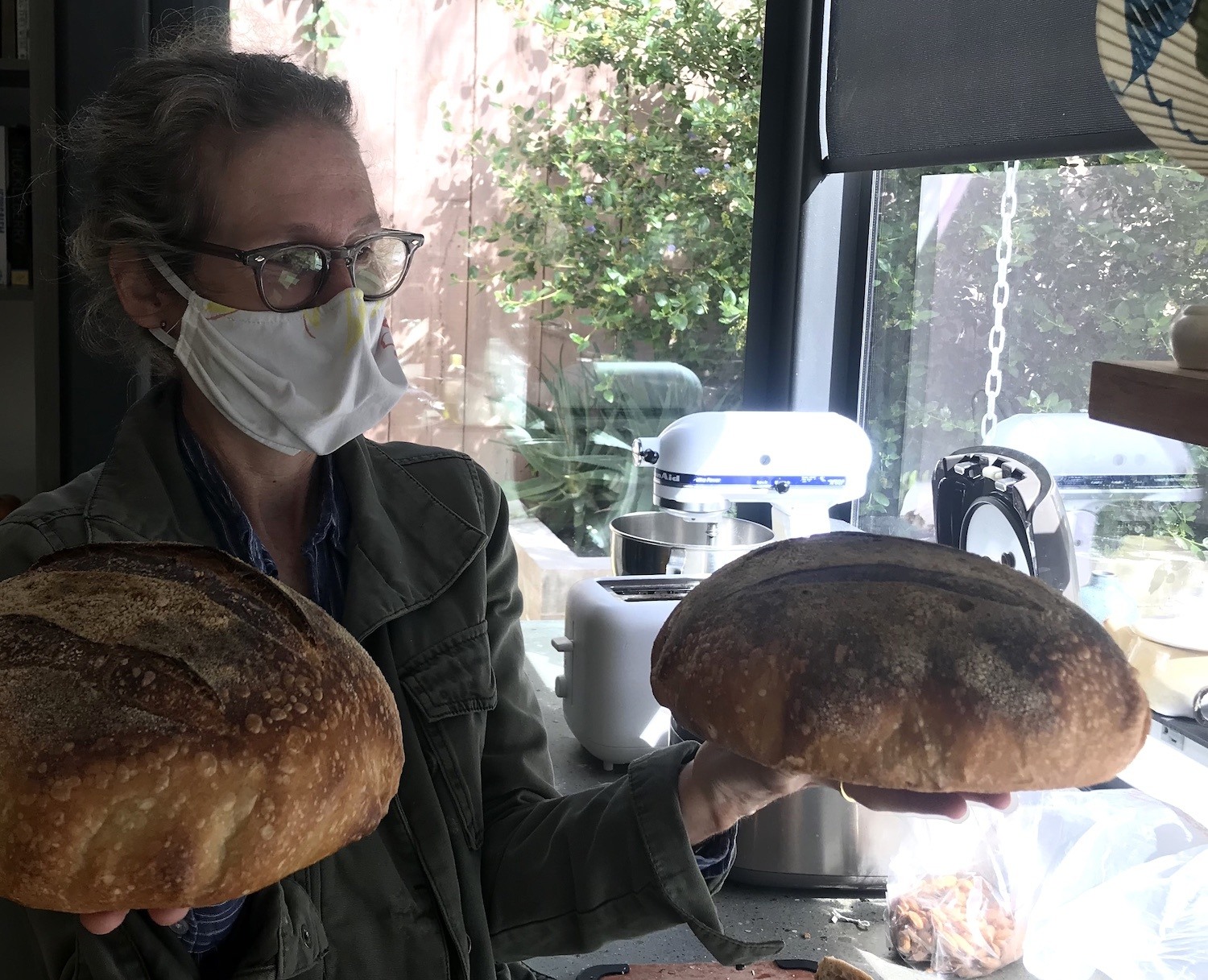
Isabel Adler
“I baked bread and gave our extra loaf to a neighbor whose husband was laid off. She sent me a photo of a slice slathered in jam and butter the next morning.”
Before the pandemic, I didn’t say “hi” to my neighbors when I passed them on the street. This sliver of Los Angeles County is not the sort of place where we leave a spare key next door just in case or pop over to borrow a cup of sugar. When my family moved in, no one brought us a banana bread. In fact, our next-door neighbors had beef with us from the get-go because our house blocked their view of some nice trees. We didn’t speak for years.
But like so many things, neighbor-to-neighbor relations changed in March, when LA’s stay-at-home-order went into effect. Almost immediately, our neighborhood started to become a community. Maybe it was being isolated from extended family; maybe it was not being able to buy what we wanted at the grocery store; or maybe it was seeing calls to donate food to hungry local families, a reminder of both the pandemic’s local toll and of the income disparity that’s been around far longer than the virus. Whatever happened here, people started to act with an intimacy that surprised me.
A few months ago, ingredients started running low at the markets. On her daily walk, my mom stopped to chat with an acquaintance who lives a few blocks away from us. She lamented the lack of flour in grocery stores, and he told her that he had a system down for obtaining it. A few days later, the man dropped by our house with a large bag of all-purpose flour. I baked bread and gave our extra loaf to another neighbor whose husband was recently laid off. She sent me a photograph of a slice slathered in jam and butter next to a mug of coffee the next morning.
Neighbor-to-neighbor relations changed in March, when LA’s stay-at-home-order went into effect. Almost immediately, our neighborhood started to become a community.
My neighbors—albeit timidly—started darting a hand from their pockets to wave hello on the street. Just a few weeks ago, our next-door neighbor invited us to feel free to pick lemons from the tree in her front yard. “They’ll spoil, and we can’t use them all!” she said, jovially. For dinner, my sister made lemon pasta; I made lemon-lime pie.
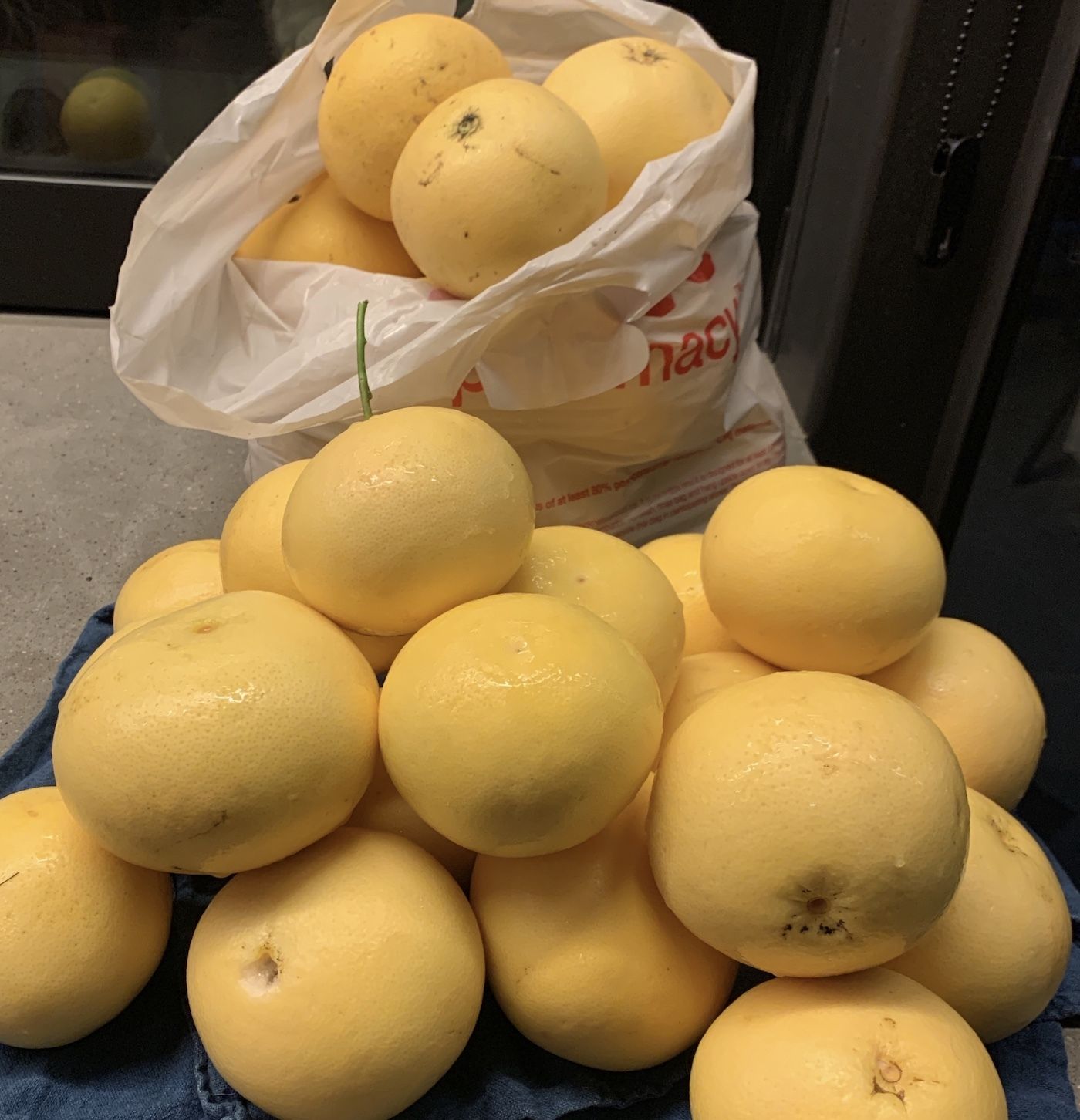
Isabel Adler
The author’s family filled bags of grapefruits from their tree to give to friends.
A family friend who lives a few blocks away works for city government, helping unhoused people during the pandemic. On her birthday, my parents brought champagne to drink outside her apartment. They stood six feet apart from their friend on the grass in the courtyard. She tossed them a paper bag filled with her famous homemade granola and cookies from a local bakery.
Our grapefruit tree recently produced fruit and, equipped with masks made from old t-shirts on a barely-before-used sewing machine and a pair of gardening gloves each, my father and sister piled them in paper bags to tote off to friends’ houses. To be honest, before the pandemic, I didn’t even know we had a grapefruit tree. We’ve been gorging on the juice, as have our friends and neighbors.
As things have settled down, these moments of connection have become less frequent. We don’t need our neighbor’s lemons when the grocery stores are stocked and the farmer’s markets bustling. But our neighborhood feels like a real neighborhood now; we surely won’t ignore each other in times of need.
